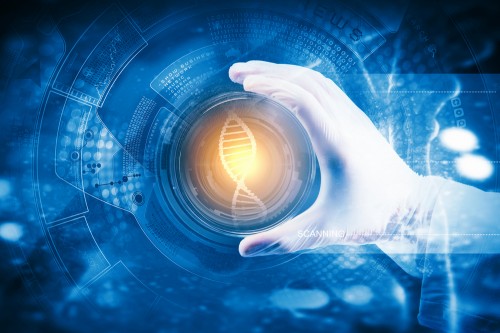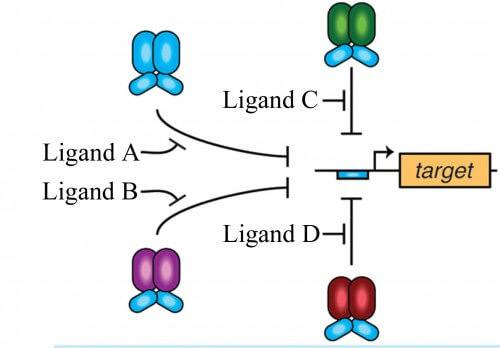Researchers from Rice University and the University of Kansas Medical Center are developing genetic circuits that will be able to perform much more complex tasks through the replacement of protein building blocks. Environment and treatment of diseases in humans

[Translation by Dr. Nachmani Moshe]
Researchers at Rice University and the University of Kansas Medical Center are developing genetic circuits that can perform much more complex tasks by switching protein building blocks.
The modular genetic circuits developed from unrelated bacterial genomes can be used to handle multiple chemical input signals simultaneously with minimal disruption to their environment. The results of the research, published in the scientific journal ACS Synthetic Biology, provide scientists with more options when it comes to designing synthetic cells designed for specific tasks, for example - production of biofuels, treatment of environmental damage and treatment of human diseases.
The researchers build complex genetic logic circuits similar to those used in building computers and conventional electronic devices. In a simple circuit, if two input signals are received the circuit executes the instructions associated with them. In a genetic circuit based on this type of Boolean circuit (Wikipedia), a genetic logic circuit can promote the creation of a defined protein when it senses two chemicals - or it can encourage the cell's DNA to inhibit the creation of this protein.
The production of simple circuits has become easier and easier as synthetic biologists have developed more and more scientific tools to do so, but they still require more sophisticated tools for complex problems. "One of the main goals of this technology is the ability to allow cells to sense and respond to their environment in a programmed way," says the lead researcher. "We are interested in programming cells so that they reach the environment and perform the tasks required of them there." The researcher explains: "Currently, one of the main ways we do this is through encryption-type logic gates. These circuits are similar to electronic circuits - the same logic gates in our computers. In cells, these gates work a little differently, but the similarities between them are many."
The logic gates being developed today react in a programmed way when they sense chemicals in their immediate environment. If certain combinations of chemicals are present in the environment, the gate will activate a gene that may inhibit or encourage the expression of a protein associated with it. "Much research in the field of synthetic biology is done in programming cells so that they make decisions in a better and more efficient way," explains the researcher. "We found a new way to create modular and easy-to-produce genetic systems designed to develop transcription gates with a high response level."
The research itself is based on a genetic toolbox of chimeric transcription factors. These modular proteins combine the genetic regulation ability of one transcription factor and the environmental sensing ability of another factor. The researchers demonstrated that up to 4 chimeras with identical binding forms to DNA can act together and function as gates that receive multiple input signals - responsible for inhibiting or bypassing the inhibition - of defined genes. The researchers successfully tested the ability of chimera combinations in the bacterium Escherichia coli to increase or decrease the expression regulation of a gene encoding the green fluorescent protein. "Normally, when developing a genetic logic gate, it is necessary to consider many genes in the background that allow the gate to operate," explains the researcher.

"We were able to eliminate the need for these background genes by programming transcription factors - which are defined proteins that turn genes on or off in response to environmental conditions. "Now, we are able to program both environmental sensing and genetic regulation in the same system," notes the lead researcher.
The researcher says that he anticipates that synthetic biology will be able to address many issues. “We may and may be able to use cells so that they can report, or even treat, environmental infections; Or we can program them to detect growth in our body and respond to it. For this, we must instruct the cells to sense the tumor's environment, and depending on the chemicals that the cells detect, react accordingly." The researcher adds: "In the field of fermentation, for example, biotechnology engineers will want to regulate genes in cells in order to change the stages of a desired process. These new circuits will be able to sense different types of sugars that are in the culture and direct the regulation of the genes in order to obtain maximum utilization of production."
The news about the study
